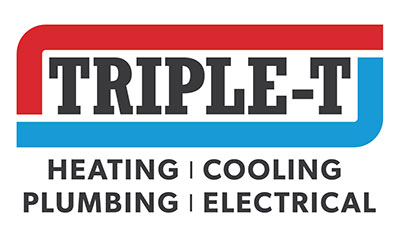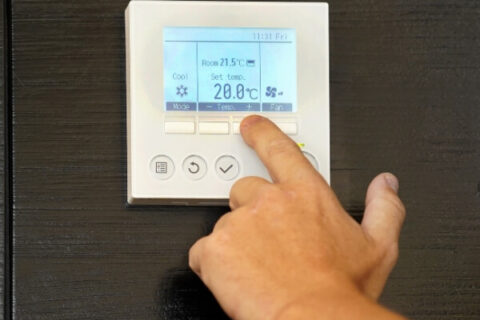Carbon Monoxide and Your Furnace
What is Carbon Monoxide?
Carbon monoxide is an odorless gas that is poisonous to breathe. In the home, the most common place that carbon monoxide leaks from is a gas furnace. This is typically caused by a crack in the heat exchanger or combustion system. When the furnace is turned on, the gas ignites and heats up the metal wall (heat exchanger). If the metal wall is damaged, the bi-product of burning fossil fuels, carbon monoxide, can leak out and be pushed through your duct system. A properly running furnace carries the gas out through its ventilation system and it does not stay trapped inside your home.
Carbon monoxide or CO poisoning has several warning signs such as; dizziness, weakness, vomiting and severe mental fatigue. Victims of CO poisoning often report feeling disoriented and sleepy. If you breathe in a large amount of CO, it can be fatal. According to the Center for Disease Control, “more than 400 Americans die from unintentional CO poisoning not linked to fires, more than 20,000 visit the emergency room, and more than 4,000 are hospitalized”.
How Can You Prevent Carbon Monoxide Leaks Within Your Furnace?
1. Change your filter often. This allows the proper exchange of air to circulate through the furnace and prevents the heat exchanger from overheating which can result in a crack in the metal wall. Blocked air intake can prevent your furnace from circulating. Triple T recommends changing your filter every 30-60 days.
2. Install a CO detector. This small device is similar to a smoke detector and will go off when it detects an unsafe level of CO present in the home. Most CO detectors run on batteries and these need to be checked throughout the year. If you have a multi-level home, place a CO detector on every level of the home. Gas tends to get trapped in closed-off rooms or basements.
3. Keep vents open and unobstructed. Do not obstruct the vents in your home. Your furnace needs breathing room just like you do. If any of the ventilation systems are blocked, your heater will struggle to circulate air.
4. Have your furnace serviced by a certified technician yearly or anytime you suspect a problem. A certified technician knows what to look for and can make any necessary repairs. Cracks in the furnace are typically not visible to the naked eye.
If you suspect that you have CO poisoning seek medical attention immediately. A common indicator is a flu-like a symptom that disappears when you leave the home. However, not all CO poisoning shows these signs.
Triple T’s certified technicians are trained to service your furnace and prevent a CO leak from occurring. They can also assist you in installing a CO detector. Schedule this year’s routine furnace maintenance in Utah County by calling (801) 335-6261.


